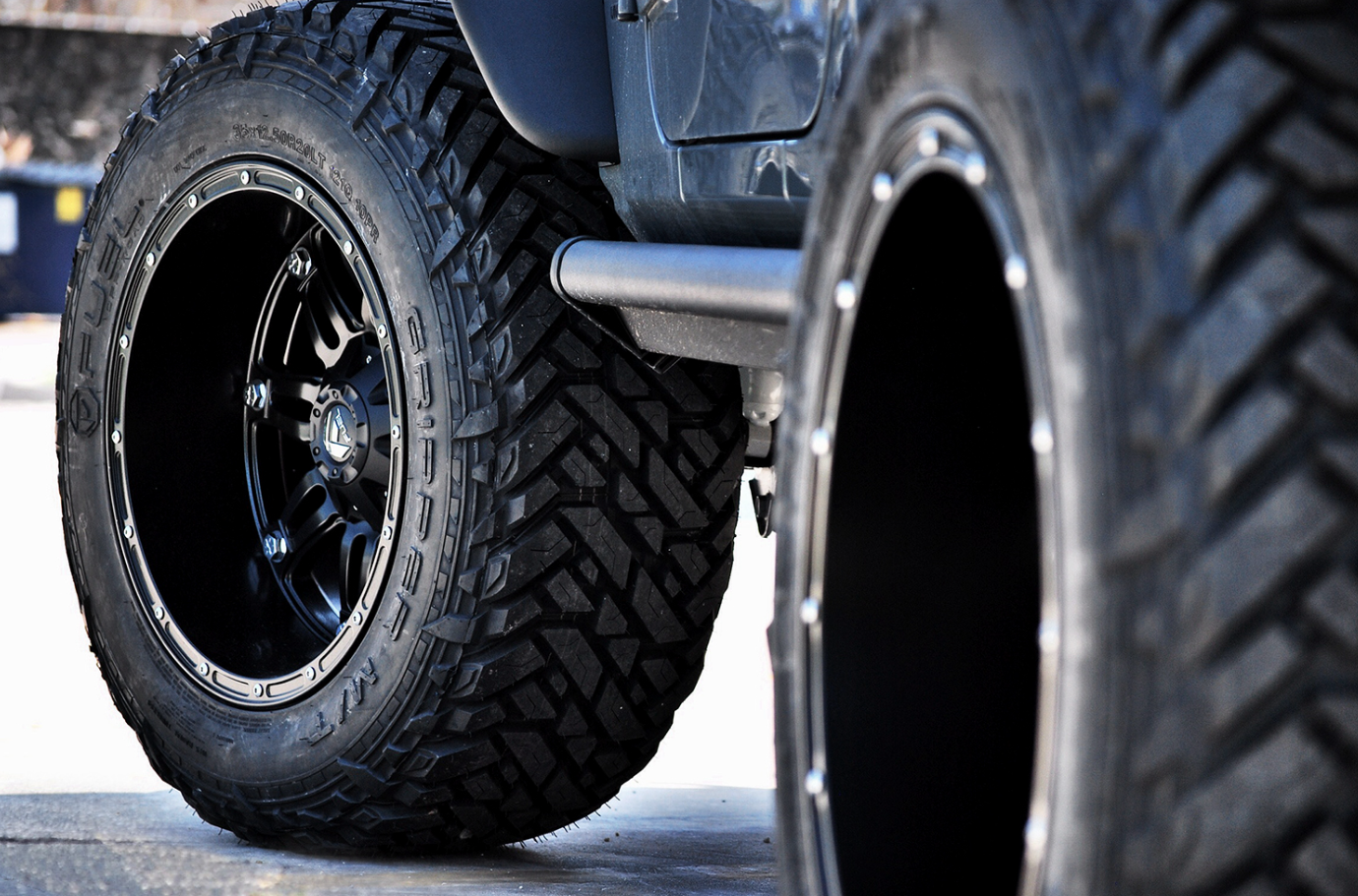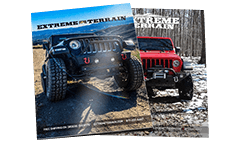
Having unbalanced Jeep tires and poor performance as a result is a Jeep enthusiast's nightmare. To the contrary, getting new wheels and tires is equivalent to a shave and a haircut to Jeep owners. You feel like you just went from zero to Hero. You're instantly able to experience more ground clearance, more grip, cool wheels -- and now you're ready to take on any trail.
But there might have been one thing that came in the box you didn't see.
The Jeep Death Wobble Gremlins
The ol' Jeep Death Wobble Gremlin --it's Most common on Jeep Wranglers, some CJs and even an occasional XJ. It's when a small vibration turns into a serious back and forth wobble, and you have to slow down to a crawl and get a new grip on the steering wheel.
While many issues can cause this, let's explore tire balancing.
Installing and Balancing Your Tires
If you have someone install your new tires on your old or new rims, you should always have them balanced. I don't mean using a static old school balancer like your grandfather did on his '58 Chrysler. I mean a modern balancer, equipped to handle large off-road tires and rims, similar to the popular Hunter Road Force Touch that is widely available at dealerships and repair shops in the US, Germany and Canada.
Without any weights, a tire is inherently unbalanced in most cases. A few ounces here and there makes all the difference in the world. Modern balancers determine the balance weights needed by spinning/rotating the tires, and measuring while the tire is on the rim and in motion. Most balancers made today are computer controlled.
When Unbalanced Jeep Tires Go Untended
Unbalanced Jeep tires can cause, or add to, a Death Wobble issue. So it's important that all 4 tires be properly balanced at all times. Balanced tires can also extend the life of your tires, and that's a plus considering how expensive they can be.
Check and make sure the tires are properly inflated. Be certain you don't have four different tire pressures in each tire (fine for racing, bad for the street or highway).
Make sure you don't have missing wheel weights. If you trail, mud bog, or just generally do a lot of off-road driving, you may have knocked off a wheel weight. The weights themselves are tapped onto the rim with a hammer by a mechanic, or some just have a sticky backing and stick on the rim. Wheel weights fall off vehicles all the time, even on casual street cars. If just one weight comes off, the tire will no longer be balanced.
Wheel weights can be on the outside of the rim, on the inside, or both. If you see a clean patch surrounded by dirt, that weight probably went missing recently.
Make sure your wheels are clean. Clear any clumps of dirt, grass, mud, or anything else clinging to the inside of the rim, as they can add unwanted weight.
Did you bend your rim? It happens all the time. You can balance a tire all day long, but if the rim isn't straight, it won't do any good. Consider that when balancing a tire that was previously fine. Get the rim straightened, or get a new rim.
Most people balance a tire just once, which is the day they get new tires. But you can get your tires balanced anytime during the life of the tires. If you're driving a truck or Jeep, how many times have you jumped a rut? Run over some large rocks? Hit a curb accidentally? It might be time to get the balance checked just to be sure.
Balanced tires can make a difference in the long run when driving your Jeep. With or without a Death Wobble, it's good maintenance and safety.
Where do you get your tires balanced? Can you give fellow Jeep owners a good recommendation?




